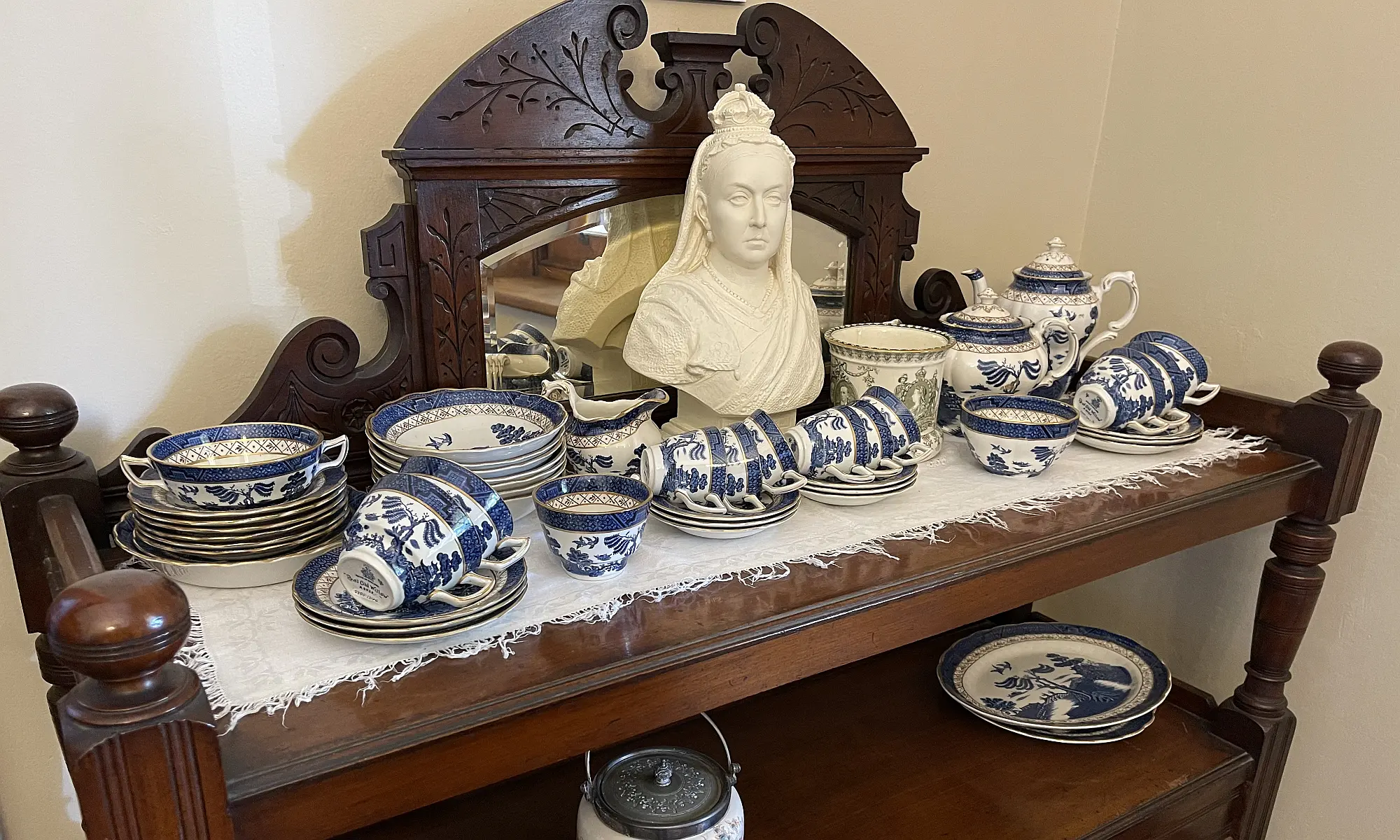Observations made by Mr. Charles C. Brown, Pymble (formerly Councillor and Hon. Treasurer of the Sydney Branch now in Suspense having operating in Sydney from 1912 to 1962) at the gathering held at Wunderlich Ltd. (Modelling Dept.) Redfern on 8th December 1965, arranged by James, Douglas and Associates, Sydney, as to whether he was real …
Continue reading “The Life Of St. George, The Patron Soldier-Saint of England”

